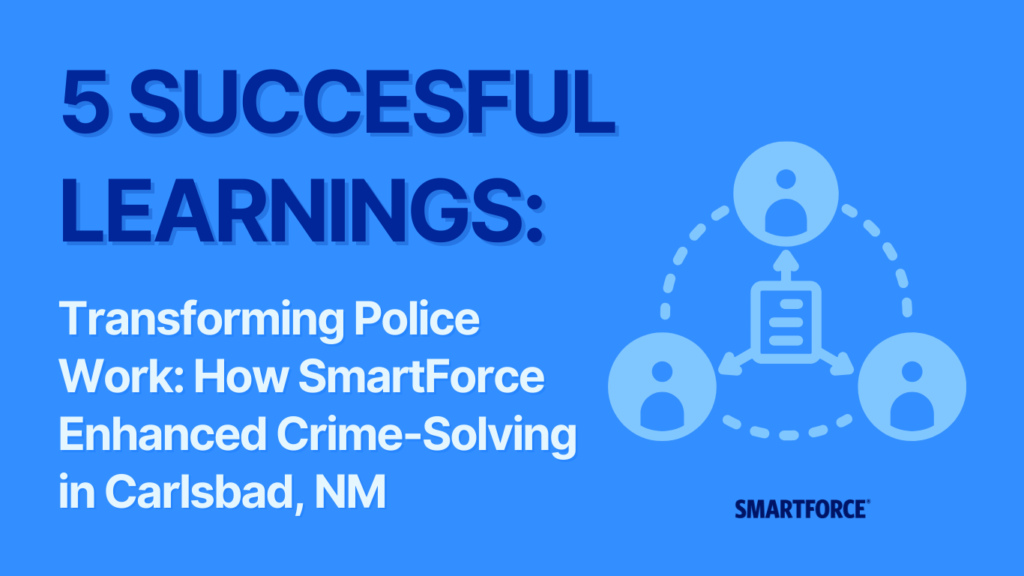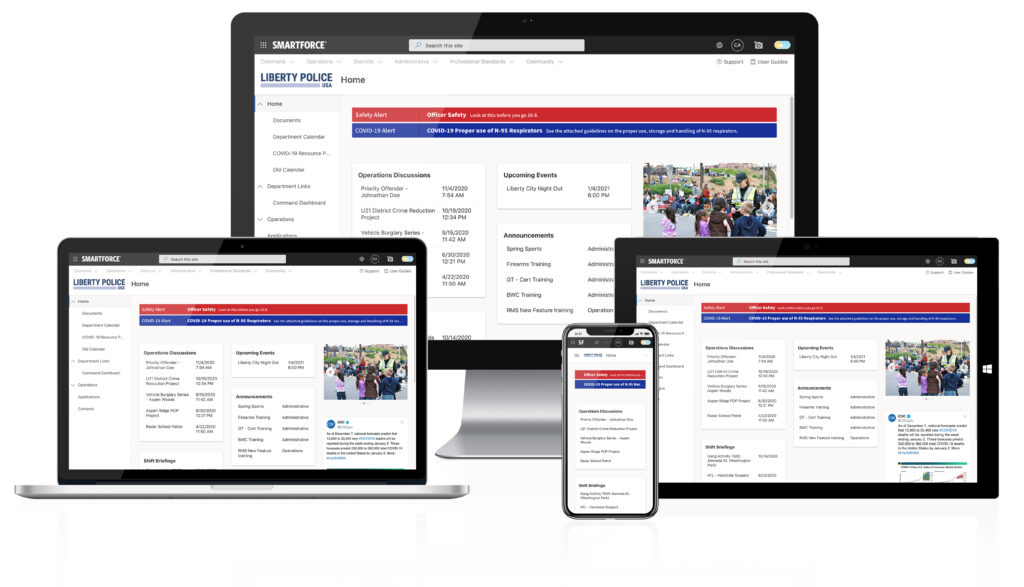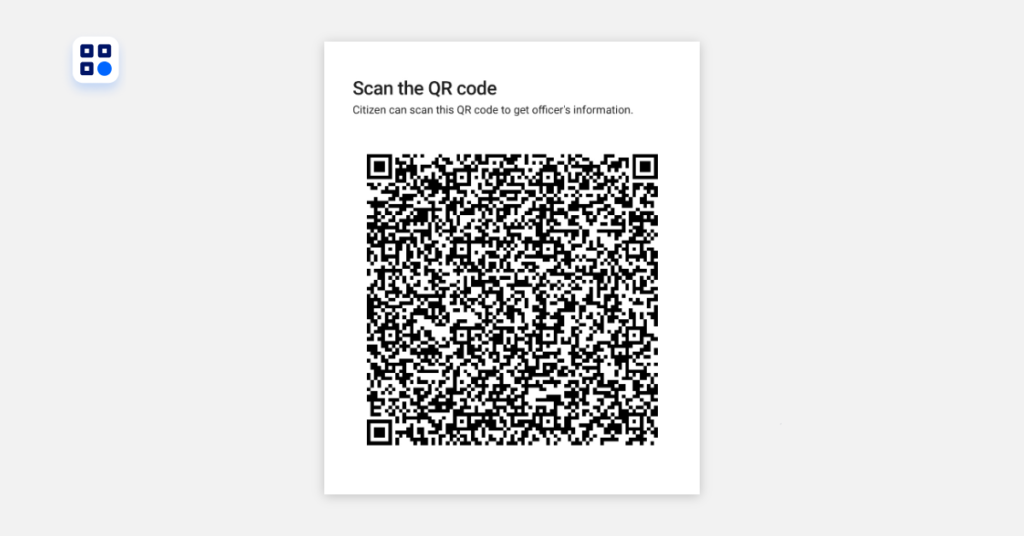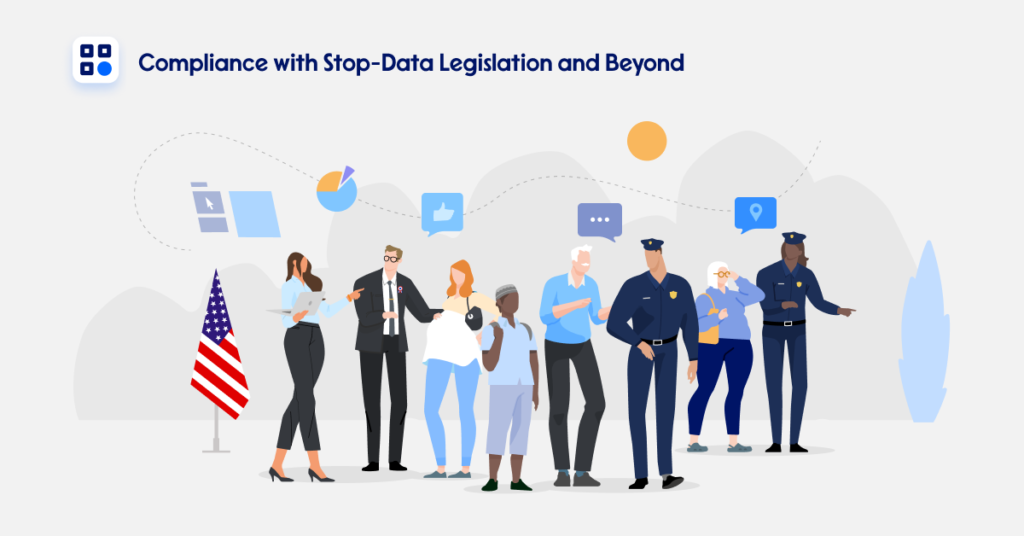
Introduction
The Virginia Community Policing Act, effective from July 1, 2020, marked a significant step toward enhancing transparency and accountability in law enforcement practices across the Commonwealth. This legislation mandates comprehensive data collection on all police stops to foster a culture of integrity and community trust. The benefits of collecting, reporting, and analyzing this data extend beyond mere compliance, supporting initiatives in officer wellness, training, and community engagement.
Overview of the Virginia Community Policing Act
The Virginia Community Policing Act was established to enhance law enforcement by promoting transparency and accountability in police-community interactions. The Act mandates detailed documentation of various police encounters, aiming to ensure that all interactions are conducted ethically and effectively. It requires officers to record specific details such as the race, ethnicity, age, and gender of individuals they stop, as well as the reasons for and outcomes of these stops, thereby supporting a culture of integrity and fairness in policing.
Data Collection Requirements
Under the Act, law enforcement officers must collect data for every motor vehicle stop, investigatory detention, and stop-and-frisk encounter based on reasonable suspicion. This data must include:
- Demographic Information: Perceived Race, ethnicity, age, and gender of the person stopped.
- Incident Details: Date, location, reason for the stop, and whether any searches were conducted.
- Outcomes: Whether the stop resulted in a warning, citation, or arrest, and details of any charges or warnings issued.
Illustrative Stop Scenarios for Data Collection
To provide clear examples of when and how stop data should be collected under the Virginia Community Policing Act, here are some scenarios:
Scenario 1 – Traffic Stop for Violation: Officer Jones spots a vehicle exceeding the speed limit in a residential area. Adhering to traffic enforcement duties, the officer initiates a stop. Upon interaction with the driver, the officer decides to issue a warning for speeding, reminding the driver of the importance of adhering to posted speed limits for community safety. No further suspicion or investigation is warranted, and the driver is allowed to depart after the warning is documented. Despite its straightforward nature, this stop must be reported as it’s a motor vehicle stop that falls under the category of investigative detention based on the initial traffic violation.
Scenario 2 – Equipment Violation Stop: Officer Smith notices a car with a broken tail light during a routine patrol. Upon stopping the vehicle for the equipment violation, the officer observes signs of drug possession in plain view within the car, justifying a vehicle search. Officer Smith conducts a lawful search based on the plain view doctrine. Regardless of the outcome, this stop is reportable.
Scenario 3 – Traffic Stop for Violation: Officer Rivera is on routine patrol when she notices a vehicle that does not stop at a posted stop sign at an intersection. She initiates a stop and informs the driver of the reason for the detention. After verifying the driver’s license and registration, Officer Rivera issues a traffic citation for the stop sign violation.
Scenario 4 – Stop-and-Frisk on Foot: Officer Lee is on routine patrol in a high-crime area experiencing vehicle burglaries. He observes an individual checking vehicle door handles. The individual has a bulge in his clothing suggestive of a concealed weapon. Based on reasonable suspicion of burglary, Officer Lee stops the individual for questioning and conducts a frisk.
Scenario 5 – Checkpoint Detention: Officer Garcia engages with a driver who shows signs of impairment at a DUI checkpoint. The driver is subjected to further investigation since the checkpoint is non-discretionary, but the officer has reasonable suspicion of unlawful activity (driving under the influence).
Scenario 6—Terry Stop: At night, Officer Patel observes someone walking back and forth in front of a closed pawn shop, looking inside the window, and trying the door. Based on reasonable suspicion of potential burglary, the officer detains the individual to investigate further.
Scenario 7 – Passenger Detention: During a traffic stop for speeding, Officer Kim notices the passenger attempting to hide an object under the seat. The officer detains the passenger, who is now a specific subject of investigative detention, to inquire about the object and ensure officer safety.
Scenario 8 – Search Warrant Execution: Sergeant Robinson leads a team executing a search warrant at a residence where illegal weapons are suspected to be stored. The occupants are detained for the duration of the search to ensure the safety of the officers and to prevent any potential evidence destruction.
Scenario 9 – Traffic Stop Involving a Suspected Criminal Offense: Officer Martinez pulls over a driver for not using turn signals. While interacting with the driver, the officer observes several power toolboxes with retail anti-theft devices and becomes suspicious of trafficking stolen goods. The stop turns into an investigatory detention as the officer inquires about the contents.
Scenario 10 – Investigative Detention at a Perimeter Checkpoint: During a perimeter checkpoint established after a reported escape from a nearby detention facility, Officer Chang stops a pedestrian who matches the description of the escapee. Although the stop is part of the checkpoint protocol, the specific suspicion of this individual escalates it to an investigative detention.
Analyzing and Utilizing Data
The Virginia Community Policing Act mandates that law enforcement agencies collect and report stop data. However, this data is collected and reported for more than compliance purposes. It provides valuable insights that can aid in continuous improvement and help make strategic decisions within police departments. By leveraging this data, police departments can enhance their operations and strengthen their relationships with the community.
- Proactive Operational Oversight: Utilize analytics to refine operational decisions and optimize officer deployment. Stop data insights ensure that policing is more effective, with every decision supported by robust data analysis, enhancing the responsiveness and adaptability of law enforcement strategies.
- Empowerment Through Data: Provide officers access to personal performance metrics related to police-community interactions. This level of transparency promotes individual accountability and professional development. It aligns officer self-assessments with supervisory feedback, establishing clear and consistent performance standards that contribute to overall professional growth within the agency.
- Strategic Resource Allocation: Employ analytics to allocate resources more efficiently. By analyzing data trends, your agency can ensure that resources are deployed strategically to areas most needed, maximizing operational efficiency and effectiveness in community policing.
- Enhanced Training and Wellness Programs: Analyze detailed data to pinpoint specific training and wellness needs. This targeted approach allows departments to develop programs that directly respond to the identified needs, enhancing officer skills and well-being. Such programs not only improve individual officer performance but also contribute to the department’s overall health.
- Accountability and Transparency: Maintain high accountability standards by making comprehensive data readily accessible. Transparent data sharing with the community and public officials builds trust and fosters a mutual understanding of policing activities and objectives, ensuring that all stakeholders are informed and engaged.
- Community Alignment and Engagement: Law enforcement agencies can better align their activities with community expectations by making insightful data available to the public. This openness encourages dialogue and collaboration, fostering a relationship of trust and cooperation that enhances the effectiveness of community policing initiatives.
By embracing these strategies, law enforcement agencies can use the data collected to not only meet the requirements of the Virginia Community Policing Act but also to drive meaningful improvements in their interactions and relationships with the community.
Conclusion
The Virginia Community Policing Act is a pivotal legislation that leverages data to bridge the gap between law enforcement and the community. By adhering to its requirements, police departments can enhance their operational transparency and accountability, thus building a foundation of trust and cooperation with the communities they serve.
Call to Action
We encourage all stakeholders, including law enforcement leaders, municipal leaders, and community members, to engage actively with the Act’s provisions. Participate in training sessions, utilize the state’s resources, and contribute to making community policing more effective while maintaining accountability and transparency. Your involvement is crucial in shaping the future of law enforcement in the Commonwealth of Virginia.








